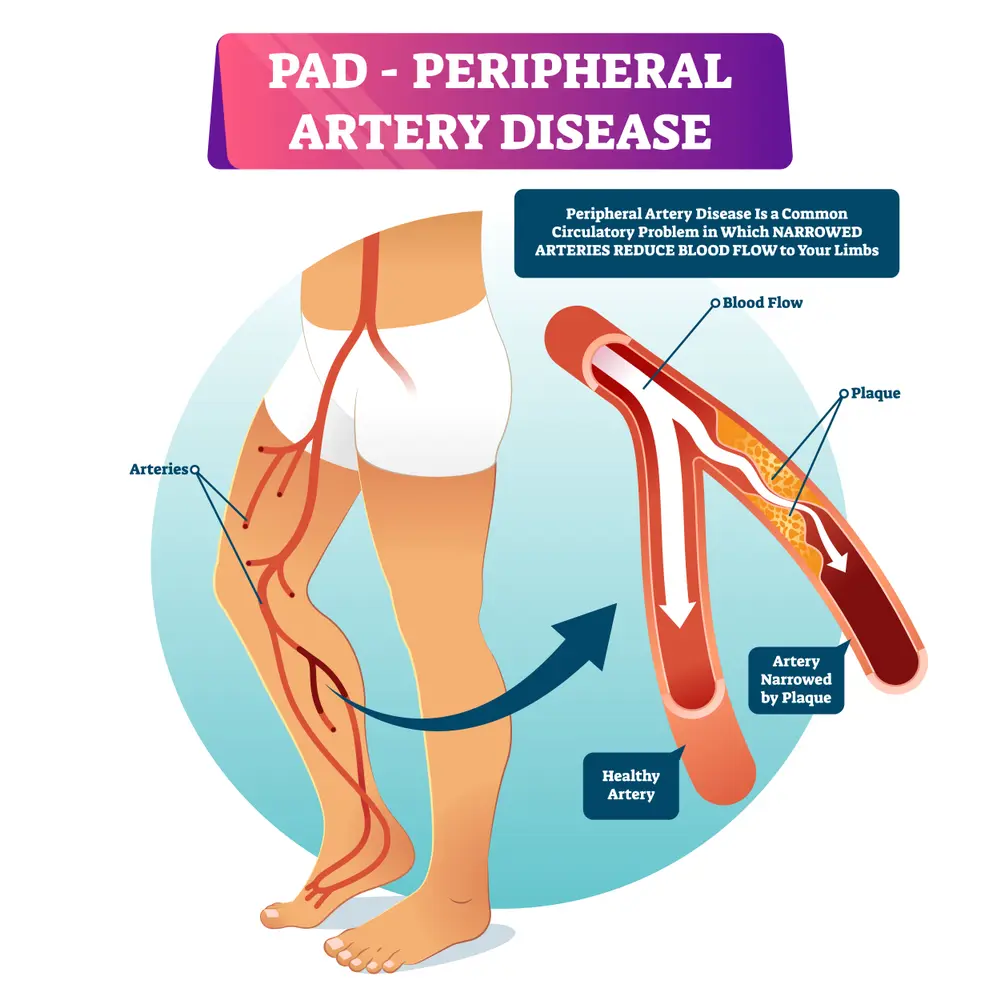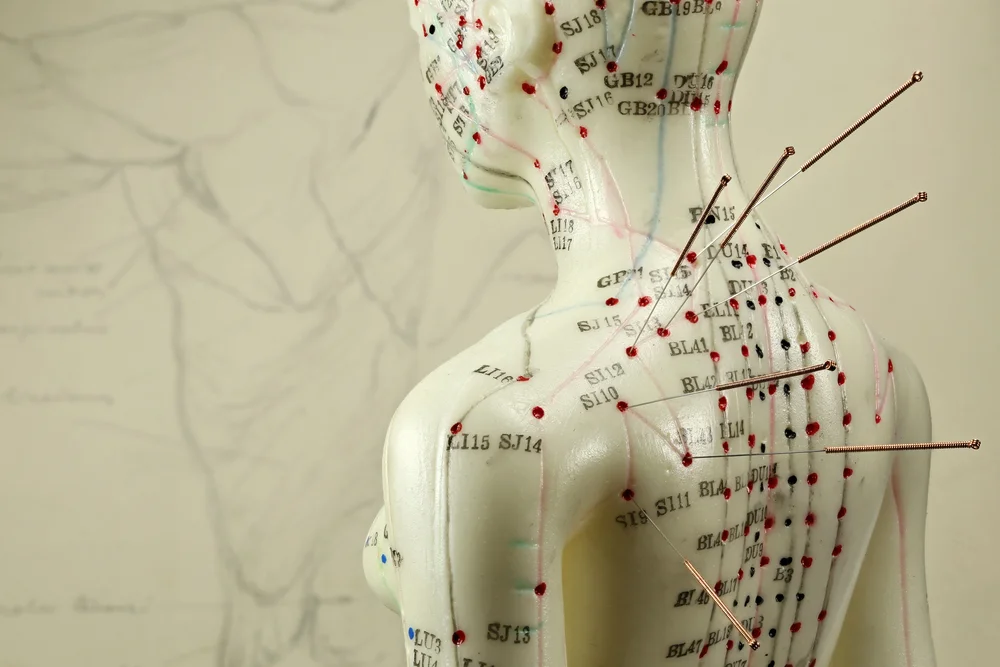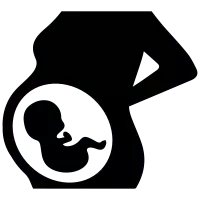Poor Circulation, Peripheral Artery Disease:
Poor circulation, also known as peripheral arterial disease, is a cardiovascular disorder in which arteries carrying oxygenated blood to the body’s extremities are narrowed or blocked.
When this happens, it prevents the body from receiving the nutrients and oxygen that it needs.
Poor circulation can lead to disabilities such as intermittent claudication, which is when the muscles in the legs become painful when you stand for a long time. This pain can last anywhere from a few minutes to hours.
Poor circulation can lead to a variety of medical issues that could be fatal.
Acupuncture therapy is a form of treatment that helps improve poor circulation and other cardiovascular disorders.
Possibly one of the most well-known benefits of acupuncture therapy is the improvement in poor circulation.
Increasing blood flow to the heart, brain, arms, and legs can help with a variety of medical issues such as high blood pressure or diabetes.
Acupuncture is a form of traditional Chinese medicine which has been practised for centuries to treat various medical conditions.
It involves the stimulation of specific acupuncture points with thin needles to restore balance in the body and improve health.
Acupuncture can be used to treat Poor Blood Circulation and Peripheral Artery Disease, as it helps to improve blood flow throughout the body. It works by stimulating certain nerve pathways, which results in the release of hormones that increase blood circulation in affected areas.
Acupuncture also helps to reduce inflammation, pain and fatigue associated with poor circulation.
Furthermore, acupuncture can help strengthen weak muscles and tissues, while also improving overall well-being. Acupuncture treatments should be performed regularly for best results.










